By Sunday I was feeling much better for our tour of Tuscany, namely San Gimignano and Chianti. Our Miles and Miles guide today was Lucca, who reminded us of a young Timothy Hutton. Again, he was a knowledgeable, well-read, and interesting guide who was personable and sweet. And determined to show us all that was scheduled, and more. We enjoyed him immensely.
Mike is not a wine drinker. It has an interesting effect on him, he turns red starting at the neck and the red proceeds northward, sort of like a rising thermometer. By the time we got to the Vin Santo he was telling stories about the softball team getting schnockered on Madeira wine at the New Bedford Portuguese Feast in 1978.
The countryside is what I expected, rolling hills with cypress and poplar trees, olive groves and vineyards with lovely villages and churches, and farmhouses and villas with red tiled roofs. Lucca explained we were on the wild side of Tuscany, and that much of the land closer to the coast had been swamp, pond, marsh or lagoon. There has been draining and filling going on since the Medicis, and you’d be amazed at how many historical figures in Italy died of malaria.
Lucca asked us if we’d like to visit Lajatico, Andrea Bocelli’s village, as we were going right by. We agreed it would be rude not to. So we saw his village (settled in 1165), his outdoor performance space Teatro di Silenzio (Theater of Silence), his house (from afar) and his horse (up close and personal).
The Theater of Silence is interesting. His agreement with the village was that he would stage an open-air birthday concert there every year in July, while for the rest of the year the theatre would be simply a silent part of the landscape… So all hell breaks loose on this idyllic landscape once annually, with limos, cars, helicopters, celebrities and the like. The access to this space is extremely limited; we couldn’t imagine a crush of people trying to get to it. So we were happy to see it in its silent period.
We had cappuccino in the village, and let Lucca translate our conversations with the locals. Anita got a chance to meet Bocelli’s sweaty horse, whose groom had ridden him into the center of town. Then we were off to San Gimignano.
Click on image to view full size
San Gimignano was developed because of its favorable geographical position. In the Middle Ages the Via Francigena was the route of pilgrims who travelled to Rome, mainly from France, and San Gimignano was smack dab on the way. It became one of the most important transit and stopping sites for all travelers, with hospitals, monasteries, and of course the ubiquitous brothel or two. Its history is fascinating, including being the home of 60-70% of the saffron production in the area. But today it is a beautiful medieval town with shops that sell wild boar products, leather goods and souvenirs, and has gelaterias, coffee bars and restaurants. I stood eating pistachio gelato in San Gimignano Square watching a family with small children and a funky looking dog out for a Sunday stroll, and the church bells began to ring. Yes, the gelato was that good.
Click on image to view full size
Always a proponent of eating dessert first, because, lets face it, life is short, we then ventured on to Casa Emma, where we tasted Chiantis and had lunch, one of the best in our time in Italy.
Chiantis are a blend of grapes, but 80% must be Sangiovese. The others can be Canaiolo, Malvasia Nera, Cabernet Sauvignon, Merlot or Syrah. The government regulates all this, as the EU has designation of origin rules. Italian wines have labels that say DOCG, Denominazione di Origine Controllata e Garantita, that guarantee Chianti to be made with at least 80% Sangiovese, for instance. Casa Emma grows most of these varietals, as well as olives, and they produce olive oil as well as wine.
It seems many people have olive trees in their yards and many take advantage of this by pressing their own oil. Most communities have a shared olive press, which runs 24/7 in season. If they give you an appointment for 2AM you don’t argue, you show up. And you stand by and watch them press your olives to make sure it’s actually your olives in the press. Campanilismo! (Rough translation: you stand by your bell tower.) Casa Emma uses a community press as well. They shared that this year the olive crop was very poor, but they were able to produce some product. We got to enjoy the aroma of a large vat in their storage room. The government also has approval laws regarding commercial olive oil in Italy. As well they should, what could be worse than bad olive oil marring Italy’s reputation?
Alessio, our host at Casa Emma, poured us a 2012 Chianti Classico, and served us bruschetta, capicola, salami, prosciutto, tomato, artichoke, and a couple of cheeses; one had the consistency of a fontina, the other was (I think) a sheep’s milk hard cheese. And the bread, always delicious, is made without salt. They paid tax on salt back in the day, so they didn’t use it.
We continued to experience Casa Emma wines, another Chianti Classico Riserva from 2004 and a Super Tuscan called Soloio from 2007 with our lunch of fresh tagliatelle with wild boar sauce, a thick ragu of a sauce that was packing some heat. Just delicious. The Super Tuscan was 100% Merlot and had an IGT (Indicazione geografica tipica) designation which is the second of four classifications of wine recognized by the government of Italy. Created to recognize the unusually high quality of the class of wines known as Super Tuscans, IGT wines are labeled with the locality of their creation, but do not meet the requirements of the stricter DOC or DOCG designations which are intended to protect the formulations of wines like Chiantis and Barolos.
But Alessio wasn’t through. He brought us Vin Santo de Chianti Classico. It was a golden color and smelled like caramel and maple and a bit like Madeira. They harvest these grapes later than the rest and hang them to dry for 3 months before making the wine, which makes them much sweeter. It was served with a lemon cake with a caramel sauce, which was not overly sweet. The Vin Santo had some sweetness but was not cloying, just a pleasant smooth taste to accompany the dessert. They were perfect together.
Mike is not a wine drinker. It has an interesting effect on him, he turns red starting at the neck and the red proceeds northward, sort of like a rising thermometer. By the time we got to the Vin Santo he was telling stories about the softball team getting schnockered on Madeira wine at the New Bedford Portuguese Feast in 1978.
Click on image to view full size
On the way back to Livorno Lucca made a quick stop at Castellina en Chianti, with its Rocca (castle), plaza and churches, and the Via delle Volte underground tunnel. It was lovely and charming.
Click on image to view full size
We had many historical discussions with Lucca during the day. He told us of the first three kings of Rome being Etruscans, but that the Northern Etruscans didn’t help the Southern Etruscans against Rome; if they had the world could be a different place. He likened it to Cuba annexing Florida and Georgia, and the rest of the states refusing to help. He said if that happened there’d be a Cuban Empire, with really good cigars. He also shared that Italy has never had a revolution, never cleaned house so to speak, so the Mafia still exists. Mussolini and Fascism almost eradicated the Mafia in Sicily; they were all deported to the US. Yeah, thanks for that. We even had a discussion about Mohammed Ali and George Foreman. In Italy. Go figure.
Every day we’d left the ship I’d taken the daily schedule, with the port agent’s phone number and our sailing times. Not today. And none of us noticed what time we were to set sail. Lucca called the port agent and was told 7PM, so when he said he’d have us back to the ship by six we knew we’d be fine. Except there was traffic and a bottleneck that we didn’t expect. We pulled into the dock at 6:10, said quick goodbyes to Lucca, and hightailed it to the gangplank. Azamara’s passenger ID cards scan everyone off of the boat and back on at the end of the day to make sure no one is left behind. As they scanned us on board I heard them counting down, “03, 02, 01, 00, all passengers on board.”
“What time are we leaving?” I asked.
“Right now!”
Whoops, sorry captain.

Tomorrow a highlight of the trip: The Vatican











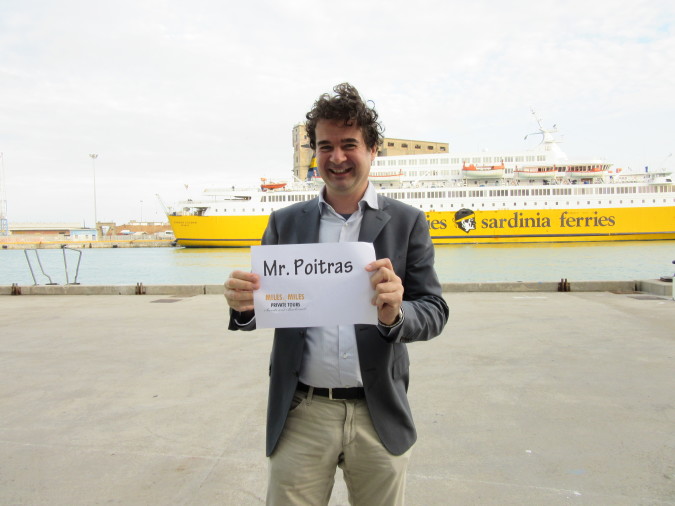
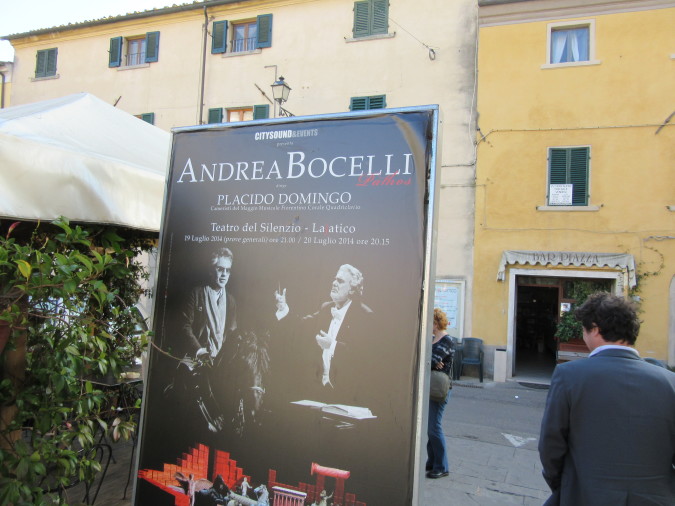














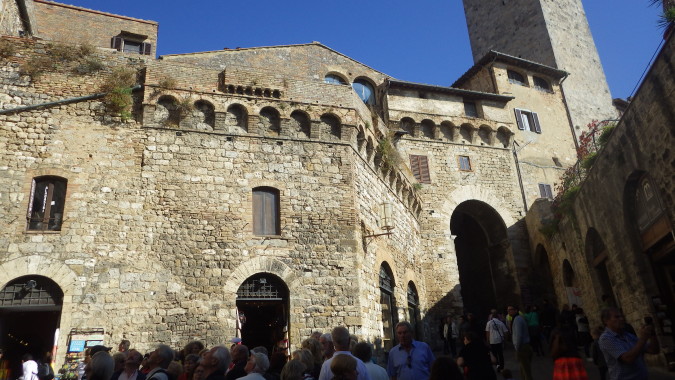











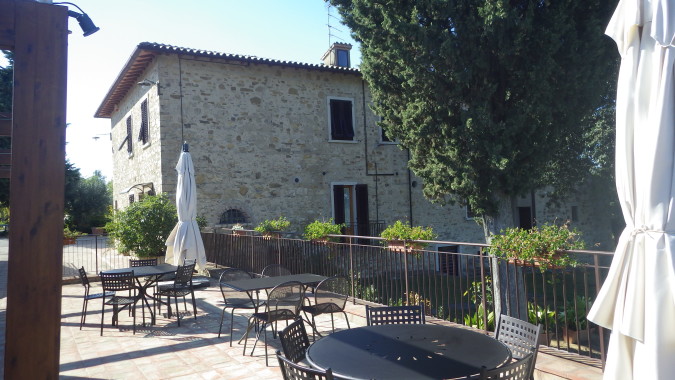
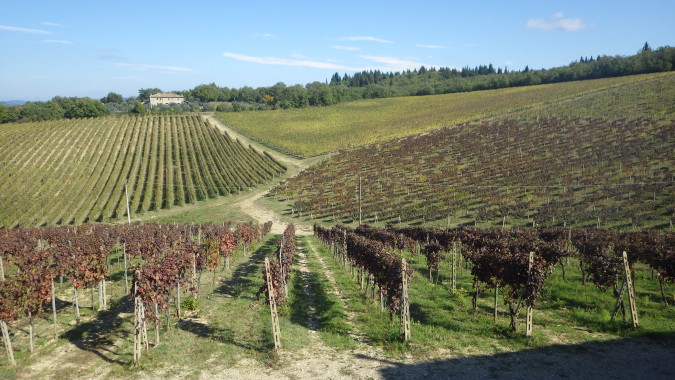






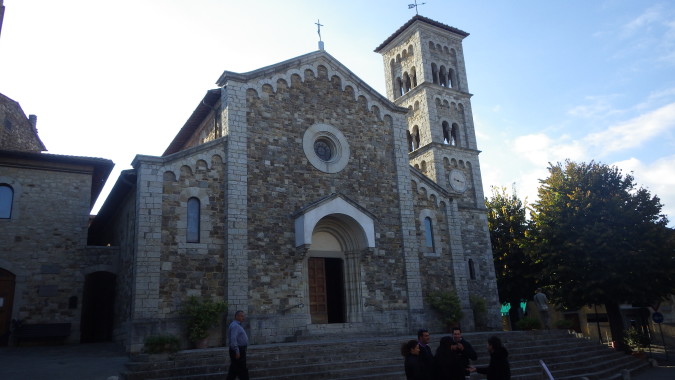
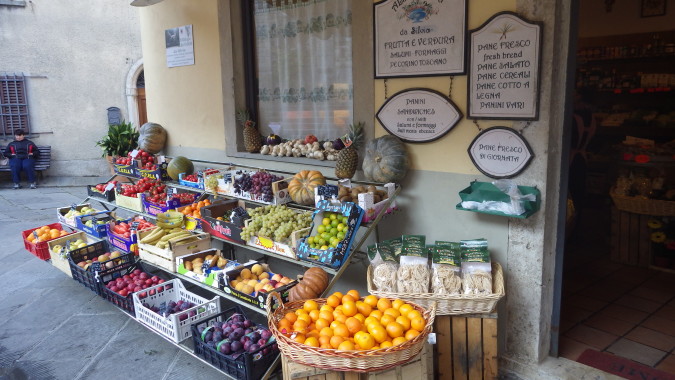
I’ve felt swept away, first by French joi de vive and then by Italian dolce vita, reading as I have the last three missives in quick order. The markets – the architecture – the delightfully informed guides – the mussels – oh my stars the mussels – but the rest of the food, glorious food – and the variety of wine (and fresh pressed olive oil) in all its local glory. Sensory overload almost except I know it wasn’t (except for the mussels) because being there, breathing all that sea air, doing all the walking and absorbing of splendor natural and man-made somehow expands one’s capacity for beauty and for joy. What a phenomenal trip. I feel almost as if I am perched on your shoulder each day…
My dear, I feel that is high praise coming from you. Grazie!
D.